Bolton Abbey
OS grid reference:- SE 074 541
The Bolton Abbey estate lies in Wharfedale, to the east of Skipton. The estate acquires its name from Bolton Priory, the twelfth century ruins of an Augustinian monastery. The estate is situated within a highly attractive landscape, adjacent to the village of Bolton Abbey.
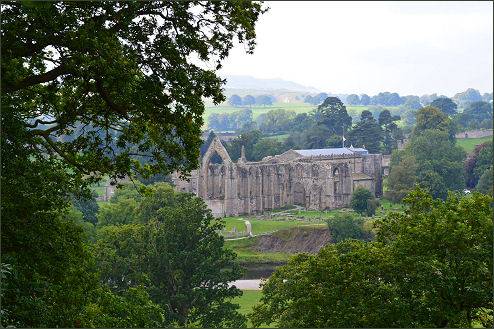
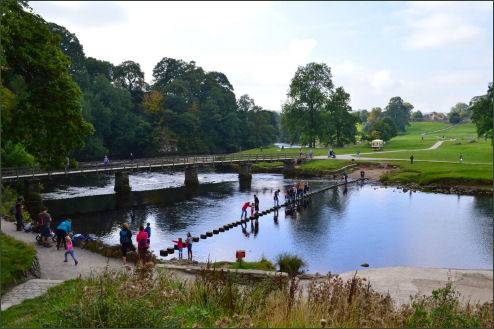
Bolton Abbey is set in a stunning position on the banks of the River Wharfe, and has much to offer the visitor, with just under 30,000 acres of beautiful countryside, over 80 miles of footpaths, a variety of attractions for all ages and restaurants, tea rooms, cafes, and quality gift shops. The Embsay & Bolton Abbey Steam Railway currently terminates at Bolton Abbey station one and a half miles (2.5 kilometres) from Bolton Priory.
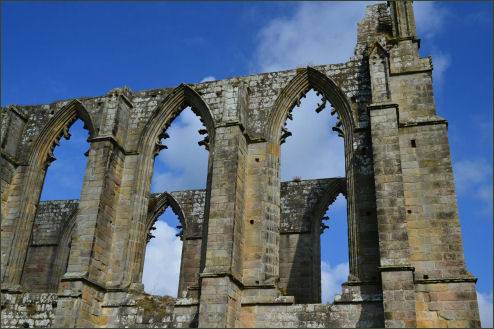
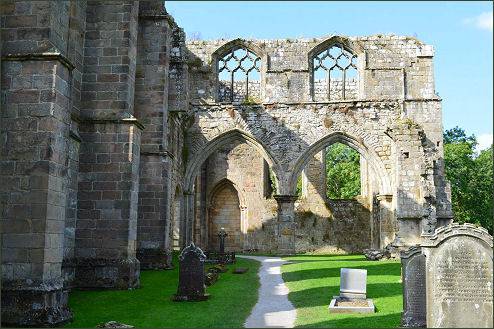
Despite its name, Bolton Abbey was technically a priory which was headed by a prior. It was founded by Black Canons of the Augustinian order from nearby Embsay in 1154. The estate at Bolton was given to the Augustinians by Lady Alice de Romille of Skipton Castle. Scottish raiders plundered the priory in the early fourteenth century, causing the temporary abandonment of the site and serious structural damage to the priory buildings.
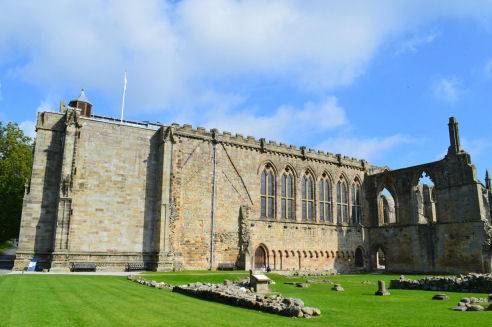
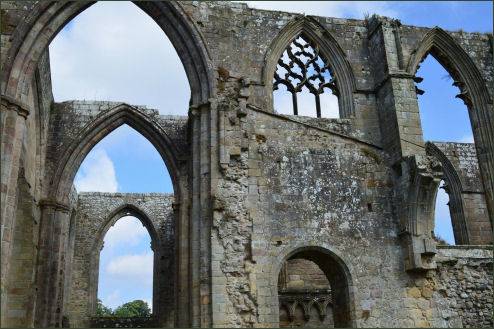
The nave of the abbey church was used as a parish church from about 1170 onwards and accordingly survived the Dissolution of the Monasteries under King Henry VIII, to thereafter serve as the parish church of St Mary and St Cuthbert for the then village of Bolton-in-Wharfedale. All the other priory buildings were stripped of their lead roofs, leaving the stone work exposed to the elements. The estate was sold to the Cliffords of Skipton Castle, and later passed to the Cavendish family, Dukes of Devonshire. The ruins today include the full height west end gable and a large section of the north transept.
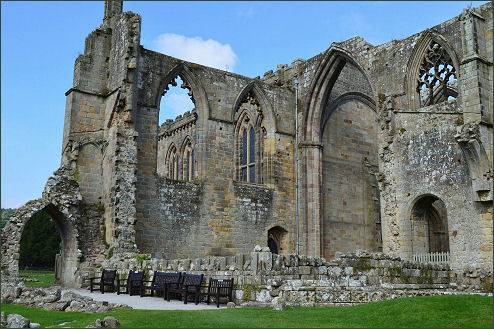
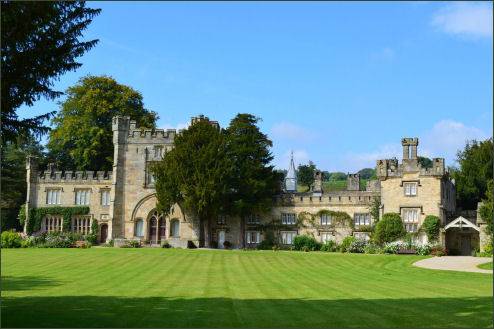
Building work was still going on at the when the priory was disolved in January 1540. The east end remains in ruins. A tower on which work commenced in 1520 was left half-standing, its base was later given a bell-turret and converted into an entrance porch. Most of the remaining church is in the Gothic style of architecture, but alterations were carried out in Victorian times, which included the installation of windows by Augustus Pugin. The east wall of the church was constructed in 1877 to replace the old wall which was erected in 1539. The attractive wall painting above the High Altar dates to 1880 and is the worl of local artist Thomas Bottomley, with the aid of R H Greenwood. The five Madonna lilies represent the Virgin Mary, and other plants symbolise various events and sayings in the life of Christ.
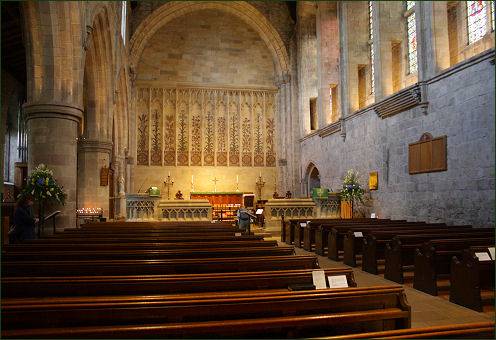
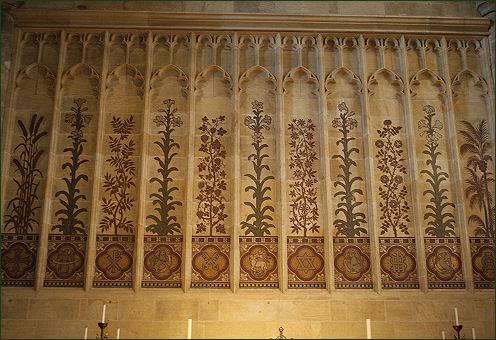
The 33,000 acre estate contains six areas designated as Sites of Special Scientific Interest, including Strid Wood, an ancient woodland, which contains the length of the River Wharfe known as The Strid, (a series of narrow, rocky gorges) and a marine fossil quarry. The estate encompasses 8 miles of river, 84 farms and buildings of architectural interest.
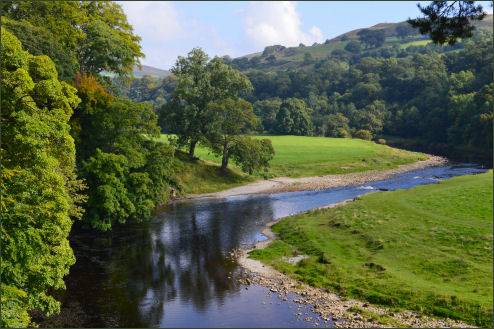
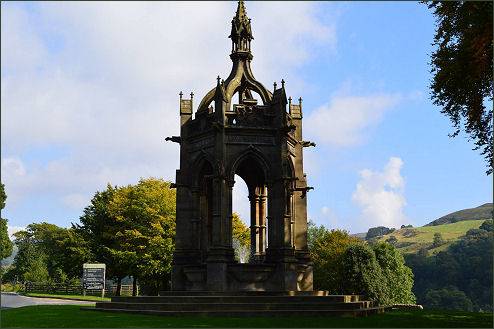
The Bolton Abbey estate has been a popular tourist destination since the Victorian era. William Wordsworth's poem 'The White Doe of Rylstone' was inspired by a visit to the abbey and it has also been painted by landscape artist Turner.
Images courtesy of Paul Johnson
Abbeys and Churches of Yorkshire
